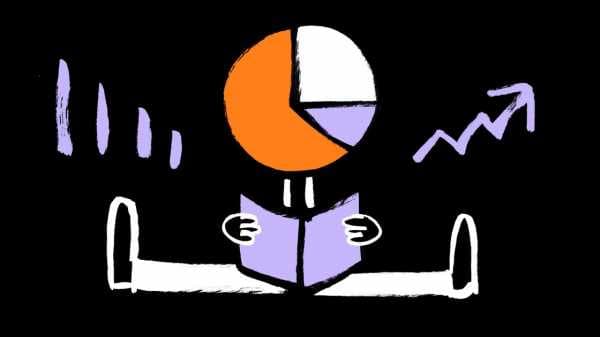
Like most writers, I can be a stickler about language, but anyone who hangs out with me for long enough will learn that I favor a certain ungrammatical turn of phrase: “true fact.” Technically speaking, that expression is a pleonasm—a redundant description—since all facts are, by definition, true.
But are they also valuable, beautiful, good for our minds, pleasing to our souls? Opinions, as it turns out, differ. Long before our own looking-glass era, in which real news is denounced as fake and fake news is promulgated as real, accurate information enjoyed a mixed reputation, including among the bookish and the arty. Henry Adams criticized educators for emphasizing “inert facts”; Dickens, in “Hard Times,” made a villain out of Gradgrind, who did just that; Werner Herzog said that, if it’s facts you want, you might as well read a phone book. On the other hand, Elizabeth Bishop was an admirer (“Why didn’t I know enough of something?” she imagines Crusoe lamenting on his library-less island, “Greek drama or astronomy?”), and, in “At the Fishhouses,” she summoned a lovely image of knowledge: “dark, salt, clear, moving, utterly free.”

2018 in Review
New Yorker writers reflect on the year’s best.
I’m with her. When I’m reporting, facts are the atomic unit from which I build a story; when I’m reading, they are an unfailing source of delight—so much so that, to my mind, deploying an interesting fact is one of the most stylish things a writer can do. That’s why I am once again devoting an end-of-year roundup not to the best books I read in 2018 but to the best facts I encountered while reading. The best true facts, you might even say—since, in these epistemologically dire days, it seems to me that the truth deserves all the extra emphasis it can get.
In the United Kingdom—where its long, strange history begins—the hokey-pokey is known as the hokey-kokey. (From “The Great Fire,” by Shirley Hazzard)
This year, I finally got around to reading the wonderful Australian-American novelist Shirley Hazzard. I was most taken with “The Transit of Venus,” but it is in “The Great Fire,” a restrained, old-fashioned love story set in postwar Japan, that—rather out of nowhere, at a formal dance in an army barracks a few miles from Hiroshima—the teen-age heroine is invited to do the “hokey-kokey.” I wondered if it was a typo, and looked it up: nope. It turns out that the song dates back to the sixteen-hundreds and has been variously known as “Hinkumbooby,” “Hilli Ballu Ballai,” “Looby Looby,” “Right Elbow In,” and “Ugly Mug.” For most of that time, it was danced, according to one observer, “deliberately and decorously.” That is not the case in its most surprising variant: a rendition by a band called the Snowmen, which climbed all the way to No. 18 on the British pop charts in 1981, accompanied by an early, mesmerizingly bad music video. (People in snowmen costumes, the viewer quickly realizes, are physiologically unable to put their right foot in.)
If you need to call a coin toss, be advised: coins are slightly biased toward ending up the same way they started. (From “Ten Great Ideas About Chance,” by Persi Diaconis and Brian Skyrms)
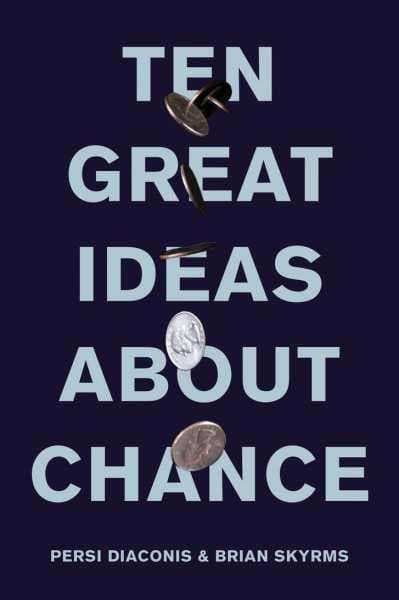
We think of a coin toss as conferring even odds, and we routinely use sequences of heads and tails to teach the idea of randomness. But, in reality, a coin is a complex object subject to the laws of physics—and, as it turns out, those laws result in a slight but consistent tendency for a flipped coin to land facing the way it started. Don’t get too excited, though: the odds that it will do so are 0.51, or barely higher than the odds you probably thought applied. If you want a better chance of knowing the outcome, consider that it is perfectly possible to build what the authors call “a deterministic coin-tossing machine,” which causes a fair coin to land on the same side every time. Skilled magicians can do the same, by developing a carefully controlled coin toss. And all this is to say nothing of coins spun on their edges, a motion that brings into play the different physics of fine grooves and centers of gravity; a spun penny is very likely to come up tails.
Clarence King—who was a renowned explorer, the first director of the United States Geological Survey, and one of the most famous Americans of the nineteenth century—conducted a secret double life in which he passed for black. (From “Passing Strange: A Gilded Age Tale of Love and Deception Across the Color Line,” by Martha A. Sandweiss)
You will not find this fact in Clarence King’s own much revered book, “Mountaineering in the Sierra Nevada,” or in any of the accounts of him written by his contemporaries—because, until his death, none of them knew it. To them, King, a blond-haired, blue-eyed member of the white American gentry, was a lifelong bachelor. But, in the late eighteen-eighties, King, going by the name of James Todd and passing as a fair-skinned Pullman porter, fell in love with and married an African-American woman named Ada Coleman. Together, they moved into a house in a black neighborhood of Brooklyn and raised five children there. Those in his white world of fellow Yale grads, financiers, and American aristocrats were completely unaware of his Brooklyn life, and vice versa. Only on his deathbed did King write his wife a letter explaining the truth.
Iris Murdoch believed in the Loch Ness monster. (From “Elegy for Iris,” by John Bayley)
Earlier this year, in the middle of a somewhat dismal kick of reading about grief, I picked up John Bayley’s gorgeous, heartbreaking account of watching Alzheimer’s overtake Iris Murdoch, his wife of forty years. In passing, or seemingly in passing, Bayley notes that Murdoch, a brilliant philosopher and novelist, “was convinced of the reality of the Loch Ness Monster”; when they visited friends in the Scottish Highlands, he recounts, she “could not be dissuaded from sitting for hours in the heather above the loch, staring down hopefully.” I suspect Bayley included the fact for the same reason that it stayed with me: because he, too, cannot stop keeping watch, hoping to catch a glimpse of the woman he married, who likewise now seems to “live in the unfathomable depths, surfacing at intervals.”
MORE FROM
2018 in Review
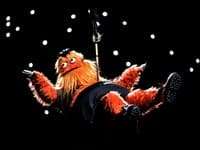
The Year in Good Men
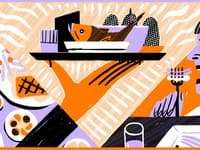
My Favorite Restaurants of 2018
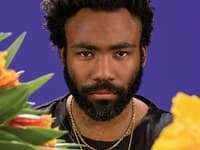
The Best New Yorker Photography of 2018
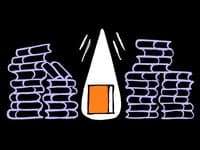
Four Books That Deserved More Attention in 2018
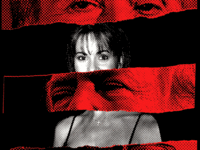
The Twenty-Five Most-Read New Yorker Stories of 2018
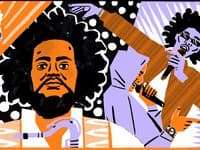
Our Favorite Songs of 2018
In a double rainbow, the colors on the secondary bow appear in reverse. (From “Wonder, the Rainbow, and the Aesthetics of Rare Experiences,” by Philip Fisher)
Never mind that this fact has been observed by human eyes, my own included, from time immemorial; I was somehow completely unaware of it before reading Philip Fisher’s treatise on the moral, aesthetic, and intellectual importance of wonder. Part of his book is about the pleasure of learning things—“fear made the gods, but philosophy begins in wonder,” he writes—and, as the title promises, you really do learn a lot about rainbows. At one point, Fisher quotes Newton (who, as he observes, sounds less like a scientist describing double rainbows than like a god creating them): “their Colors shall lie in a contrary Order to one another, the red of both Bows bordering upon the space … which is between the Bows.” It’s true! Moreover, as Fisher also notes, that space between the two rainbows has a name, Alexander’s band, and appears darker than the rest of the sky.
The locust swarm of 1875, the largest in recorded history, affected a quarter of the contiguous United States. (From “Prairie Fires: The American Dreams of Laura Ingalls Wilder,” by Caroline Fraser)
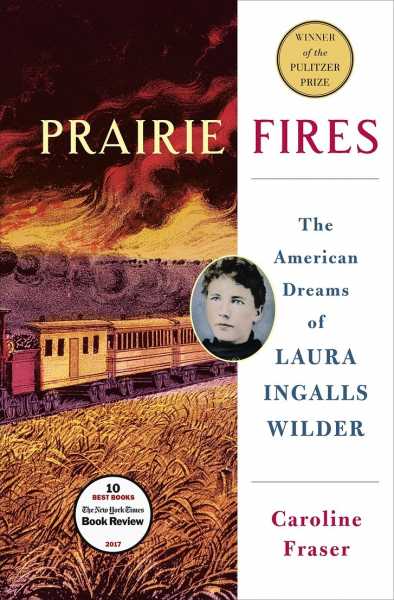
Caroline Fraser’s Pulitzer Prize-winning biography of Laura Ingalls Wilder is full of astonishing facts, many of them sobering correctives to the hardscrabble but ultimately uplifting vision of pioneer life presented in the “Little House” books. Of all those facts, though, by far the most jaw-dropping appear in Fraser’s account of the 1875 locust swarm, which devastated the Ingalls family farm in Plum Creek, Minnesota, together with roughly a fourth of the rest of the country. The swarm was a hundred and ten miles wide, eighteen hundred miles long, a half mile deep, and, at any one time, covered almost two hundred thousand square miles. It contained an estimated 3.5 trillion insects, which collectively ate everything in sight: crops, quilts, gunny sacks, the handles off farm tools, the wool off sheep, the clothing off people. The resulting damage cost the nation a hundred and sixteen billion dollars in today’s money, making it one of the most expensive natural disasters in U.S. history.
Alain Locke, the black public intellectual who helped bring about the Harlem Renaissance, travelled to Luxor in 1923 to be present for the excavation of Tutankhamun’s tomb. (From “The New Negro: The Life of Alain Locke,” by Jeffrey C. Stewart)
In the early nineteen-twenties, while teaching at Howard University, Locke read about the discovery of the tomb of the Egyptian pharaoh Tutankhamun and decided that he should be present for its excavation. The whole world was already in the grips of an enduring fascination with Tut’s tomb, but Locke argued that he had a special claim on it, not only as a philosopher with an interest in anthropology but also as the first black Rhodes Scholar, and thus as a kind of uncomfortable heir to Cecil Rhodes, who ransacked Africa for its material and cultural riches. In the end, the visit didn’t work out quite as Locke planned, since he got there too late for the initial opening and too early for the unveiling of the gold sarcophagus containing Tut’s remains. But it is a testament to the acuity of Stewart’s biography that he spots the parallels between the Egyptian cult of the dead and the morbid tendencies of the Victorian middle class; Locke himself, we learn, propped his dead mother upright on a couch at her wake, dressed her in her finest lace and gloves, and invited friends over for one final tea.
Sourse: newyorker.com






